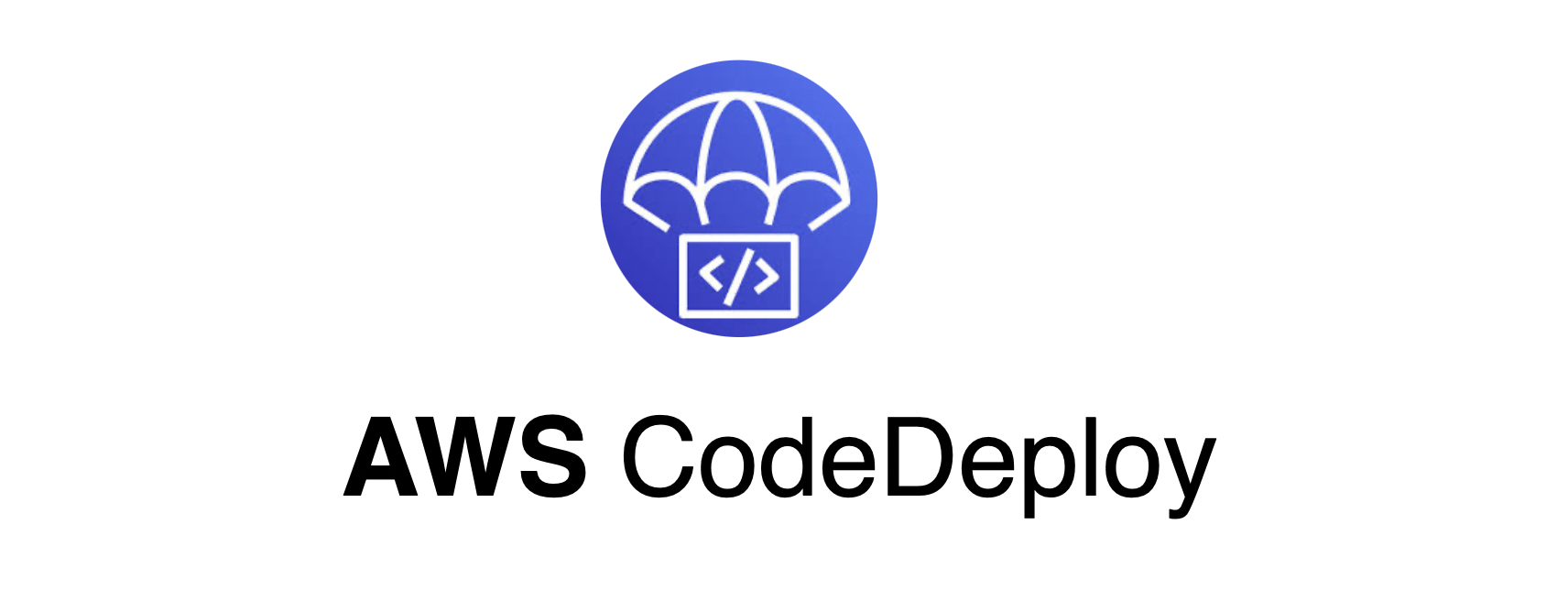AWS CodeDeploy and Its Role in CI/CD for MLOps
 Pranjal Chaubey
Pranjal Chaubey
Welcome to the third chapter of our CI/CD for MLOps series! This article will take a deep dive into AWS CodeDeploy, a powerful tool in your CI/CD toolkit for deploying machine learning models and applications seamlessly.
Whether you’re a seasoned MLOps engineer or a beginner eager to learn, this guide will walk you through the essentials of CodeDeploy, its integration with CI/CD pipelines, and why it’s invaluable for operationalizing machine learning models.
Introduction to AWS CodeDeploy
AWS CodeDeploy is a fully managed deployment service designed to automate the process of deploying applications to compute platforms like:
Amazon EC2
AWS Lambda
On-premises servers
AWS Fargate (serverless containers)
In an MLOps context, deploying machine learning models consistently and reliably is crucial. CodeDeploy helps automate this process, reducing downtime and ensuring deployments are efficient and error-free.
Why Use AWS CodeDeploy?
Automated Deployments: Removes the risk of manual errors.
Minimized Downtime: Deploy updates without interrupting service.
Rollback Capabilities: Quickly revert to a previous version if something goes wrong.
Scalability: Supports deployments across hundreds or thousands of instances.
Integration: Works well with CI/CD tools like AWS CodePipeline, Jenkins, or GitHub Actions.
How AWS CodeDeploy Fits Into a CI/CD Pipeline for MLOps
In an MLOps CI/CD pipeline, CodeDeploy plays a vital role in automating the deployment of trained machine learning models and inference code to production environments. Let’s break down how this fits into a standard pipeline:
Code Changes and Model Updates:
Developers commit code or update machine learning models.
Changes are versioned using a tool like AWS CodeCommit or GitHub.
Build Phase (AWS CodeBuild):
- The code and model are tested, packaged, and uploaded as an artifact to Amazon S3.
Deployment Phase (AWS CodeDeploy):
- CodeDeploy automates the deployment of the packaged artifact to target environments (EC2, Lambda, etc.).
Deployment Workflow:
Create an Application in CodeDeploy:
- Define the application you want to deploy.
Define a Deployment Group:
- A logical group of instances (EC2, Lambda functions, etc.) where the deployment will occur.
Specify Deployment Configuration:
- Choose deployment strategies like In-place or Blue/Green.
Use the AppSpec File:
- This YAML/JSON file defines how deployments are executed (e.g., file locations, scripts to run before/after installation).
Deployment Strategies: In-place vs. Blue/Green
In-place Deployment:
Updates the application on the existing instances.
Pros: Simple and cost-effective.
Cons: Causes downtime during deployment.
Blue/Green Deployment:
Launches a new set of instances with the updated application.
Pros: Zero downtime and easier rollback.
Cons: Requires additional resources.
Hands-On Example: Deploying a Machine Learning Model to EC2
Prerequisites:
Amazon S3 Bucket: To store deployment artifacts.
Amazon EC2 Instances: Running an application or inference service.
IAM Roles: Permissions for S3 and EC2.
Step 1: Prepare Artifacts
Package the machine learning model and inference scripts.
Upload the package to an S3 bucket.
Step 2: Define AppSpec File
The appspec.yml file defines deployment actions. Example:
version: 0.0
os: linux
files:
- source: /model.zip
destination: /var/www/model
hooks:
BeforeInstall:
- location: scripts/setup_environment.sh
timeout: 300
AfterInstall:
- location: scripts/start_service.sh
timeout: 300
Step 3: Configure Deployment in CodeDeploy
Create Application: Register your deployment application in CodeDeploy.
Define Deployment Group: Associate the EC2 instances.
Start Deployment: Use the S3 artifact to deploy.
Step 4: Monitor and Rollback
Monitor the deployment via AWS Console.
If an issue arises, trigger an automatic or manual rollback.
Key Features and Benefits for MLOps
Centralized Control: Manage deployments across multiple environments from a single service.
Seamless Integration: Works with third-party tools like Jenkins, GitHub Actions, or other CI/CD platforms.
Support for Hybrid Environments: Deploy to both cloud and on-premises servers.
Lifecycle Event Hooks: Customize deployment actions (e.g., stop services, run health checks).
Conclusion
AWS CodeDeploy is a game-changer in automating and streamlining machine learning model deployments in CI/CD pipelines. It ensures reliable, repeatable deployments with minimal downtime, helping teams focus more on building models rather than worrying about deployment complexities.
In the next chapter, we will look into AWS CodePipeline for deployment automation.
Subscribe to my newsletter
Read articles from Pranjal Chaubey directly inside your inbox. Subscribe to the newsletter, and don't miss out.
Written by

Pranjal Chaubey
Pranjal Chaubey
Hey! I'm Pranjal and I am currently doing my bachelors in CSE with Artificial Intelligence and Machine Learning. The purpose of these blogs is to help me share my machine-learning journey. I write articles about new things I learn and the projects I do.